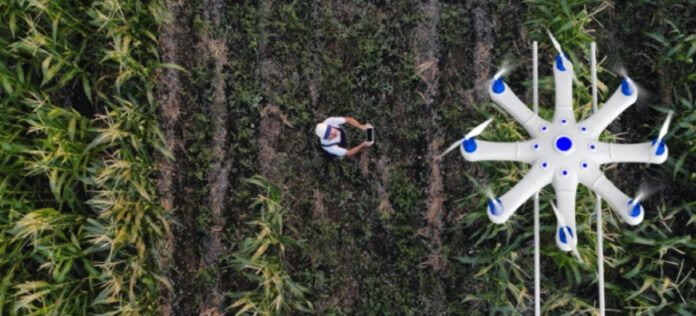In the quest for sustainable agriculture, technology plays a pivotal role, revolutionizing how we grow food and manage crops. From hydroponics to drone technology, innovative farming methods are not only enhancing crop yields but are also contributing to a more sustainable and resource-efficient agricultural sector. This article explores the transformative effects of technology on sustainable agriculture, focusing on the burgeoning use of hydroponics and drones.
The Rise of Hydroponics: A Soil-Free Revolution
Hydroponics, the method of growing plants without soil, using mineral nutrient solutions in an aqueous solvent, represents a significant shift in crop production. This technology is at the forefront of sustainable agriculture for several reasons:
Water Efficiency: Hydroponics systems use up to 90% less water than traditional soil farming. The recirculating system means water is reused multiple times, significantly reducing the overall consumption and preserving this precious resource.
Space Optimization: By eliminating the need for expansive plots of arable land, hydroponics allows for the cultivation of crops in vertically stacked layers, optimizing space and enabling agriculture in urban settings where space is limited.
Controlled Environment: Hydroponics provides farmers with control over the climate conditions, including temperature, humidity, and light exposure, all of which are crucial for crop growth. This controlled environment reduces the risk of disease and pestilence, minimizing the need for chemical pesticides.
Increased Crop Yields: With nutrients delivered directly to the roots, plants grown hydroponically are typically more robust and grow faster than their soil-grown counterparts. This leads to higher yields and more frequent harvests.
Drones: Taking Precision Agriculture to New Heights
Drones, or unmanned aerial vehicles (UAVs), are another technological breakthrough enhancing sustainable agricultural practices. These devices are instrumental in precision agriculture, where they perform a range of functions from monitoring crop health to applying fertilizers.
Aerial Imaging: Drones equipped with advanced imaging technology can monitor crop and soil health across vast areas, capturing data on moisture levels, signs of disease, and pest infestations. This information helps farmers make informed decisions about where to allocate resources, reducing waste and improving crop management.
Targeted Crop Treatment: Drones can precisely apply pesticides, herbicides, and fertilizers to specific areas, reducing the overall use of chemicals and minimizing their environmental impact. This targeted approach not only conserves resources but also protects the ecosystem from excessive chemical exposure.
Enhanced Crop Monitoring and Data Collection: By regularly capturing high-resolution images, drones provide ongoing insights into crop development and field conditions. This data is vital for long-term crop management and planning, helping farmers optimize their yields and use of natural resources.
Challenges and Future Prospects
While the integration of technology in agriculture offers numerous benefits, it also presents challenges, primarily related to costs and technological literacy. The initial investment for high-tech farming equipment, including hydroponics setups and drones, can be prohibitive for small-scale farmers. Additionally, there is a learning curve associated with these technologies, requiring training and continued education.
Despite these challenges, the future of sustainable agriculture is inherently tied to technological advancements. As technology becomes more accessible and affordable, it has the potential to dramatically change how we approach food production, making it more sustainable, efficient, and productive.
Conclusion
The integration of hydroponics and drone technology in agriculture is more than just a trend; it is a necessary evolution towards more sustainable farming practices. These technologies not only offer solutions to current farming challenges but also open up new possibilities for increasing food production without compromising the Earth’s ecological balance. As we continue to face global challenges like climate change and population growth, the role of technology in agriculture will undoubtedly become more significant, driving us towards a more sustainable and food-secure future.





